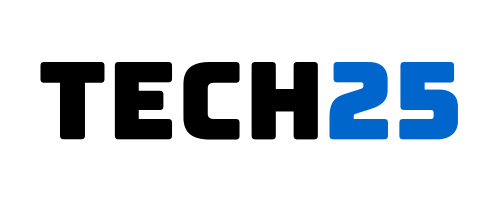The word ‘WiFi’ doesn’t need any introduction. Chances are you are using the very technology we are talking about right now to read this article. Still, you might have a few more things to learn about this popular wireless communication technology.
But don’t worry at all. Because we have got a bunch of interesting facts about wifi. And we will be sharing all of them one by one in this post.
So without further ado, let’s get started…
25 Facts about WiFi
#1 What is WiFi?
Simply put, WiFi is a technology that can be used for interconnecting devices and accessing the internet wirelessly. In technical terms, WiFi is a family of wireless network protocols, which is based on the IEEE 802.11 standard. Almost all smart devices come with wifi connection capability nowadays.
#2 Introduction of WiFi
The wifi technology has a complex history. However, the current form of wifi technology was actually introduced back on 21 September 1997 almost 25 years ago. Initially, a prototype test bed for a typical WLAN (Wireless Local Area Network) was developed in 1992.
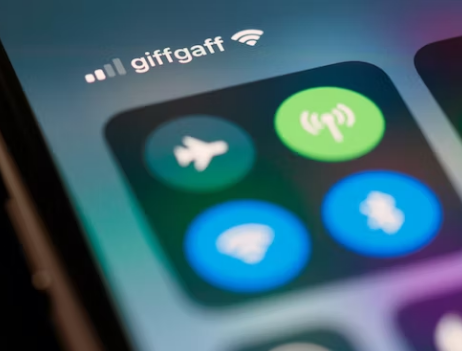
This was developed in 1992 by CSIRO a technology organization in Australia. The Radiophysics Division of CSIRO actually developed that test bed. Interestingly during the same time, the NCR Corporation and AT&T invented the predecessors to the 802.11 standards. It was in 1991 in the Netherlands.
Then Vic Hayes and Bruce Touch approached the IEEE to make a new standard for that new technology. That is when the IEEE 802.11 protocol was released in 1997. This is how Wifi got started. Later, in 1999, the protocol got upgraded to the 802.11b version.
#3 WiFi and the ALOHAnet Project
Back in 1968, wireless technology was developed at the University of Hawaii. Later in 1971, that technology was used to connect the Hawaiian Islands. This technology was known as the ALOHAnet Project. And it is thought that the ALOHAnet project was the root of current wifi technology.
#4 The Mother of WiFi
Many of us know Hedy Lamarr as a phenomenal actress in Hollywood. However, she was also an inventor. As a matter of fact, she invented ‘Signal Hopping’, which is considered the basis of all contemporary wireless communication systems. She invented ‘Signal Hopping’ during the cold war. And because of her contribution to wireless communication, she is also called ‘The Mother of WiFi’.
#5 The Father of WiFi
On the other hand, Vic Hayes was one of the main reasons for the IEEE 802.11 protocol. He along with Bruce Touch actually coined the idea to legitimize wifi technology.
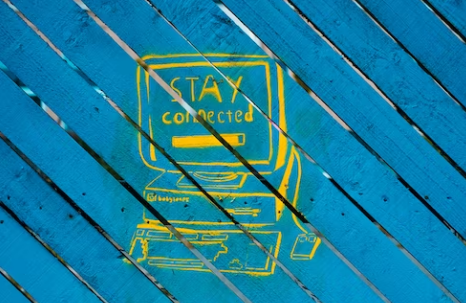
As a result, Vic Hayes is known as the Father of wifi. Also, both Vic Hayes and Bruce Touch were inducted into the WiFi NOW Hall of Fame because of their contribution to this technology.
#6 The WiFi Alliance
Simply put, the WiFi Alliance is a non-profit organization that owns the ‘WiFi’ trademark. Even though it is trademarked by the WiFi Alliance, manufacturers could use the trademark to brand their products certified for WiFi interoperability.
This is a great way to keep everything under control and organized. Right now, there are more than 800 companies that use the WiFi trademark according to the WiFi Alliance. Also, they have reported more than 3 billion wifi enabled devices are shipped worldwide every year as of 2019.
#7 The First Version of the WiFi
The first version of WiFi was released on 21 September 1997. It was introduced with 2 Mbit/s of link speed. Later with the upgradation to 802.11b protocol, the speed of wifi increased to 11 Mbit/s. So you can see that we have come a long way since then.
#8 Characteristics of WiFi
WiFi technology actually uses radio waves to transfer data. That means it works best with a line-of-sight situation. So if you want to get the best wifi connection, then there should not be any interference or an obstacle like walls, buildings, or any other physical objects.
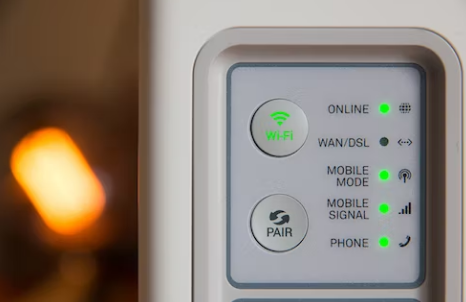
Also, some devices can interfere with your wifi signal as well. For instance, microwave ovens, cordless cameras, or cordless phones can cause interference. Also if there are too many wireless routers or access points near you, then this could also be a problem.
#9 Commercial Breakthrough of WiFi
After the initial release, WiFi was not actually commercially available to regular consumers. However, it was Steve Jobs who dreamt of having wifi on regular computing devices at first. Back in 1999, Apple Inc. started to use WiFi for their iBook laptop series.

This was actually the first mass consumer product that had WiFi connectivity. Later Apple actually rebranded the technology as AirPort. Although, this was discontinued later on. After Apple’s use of the wifi technology, many other brands started to use it on their gadgets gradually.
#10 Different Names of ‘WiFi’
We all know IEEE 802.11 protocol as wifi as of now. However, initially, this technology was not named wifi. There were more than 10 proposed names for this technology. Some notable ones are WaveLAN, Direct Sequence, WECA, DragonFly, FlankSpeed, etc.
#11 The Current Name ‘WiFi’
Initially, this technology was called ‘IEEE 802.11b Direct Sequence’. But you can see that it is a bit tricky and not catchy at all. As a result, the WiFi Alliance hired a brand consulting firm to create a new catchy name for their new technology.
Later, they offered 10 names, and WiFi was selected as the name. The name WiFi was being used commercially as early as August 1999. According to Phil Belanger, who is a founding member of the WiFi Alliance that the name WiFi was created by the Interbrand brand consulting firm.
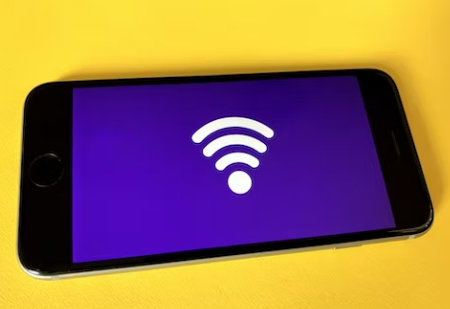
For a brief period, The WiFi Alliance actually used an advertising slogan for wifi. The slogan was “The Standard for Wireless Fidelity”. There is still a debate on whether the full form of WiFi is Wireless Fidelity or not.
Some say that it was not taken from the phrase – Wireless Fidelity. However, some also claim that WiFi is the short form of Wireless Fidelity. Whatever the case is we think the name WiFi was definitely a good choice.
#12 The WiFi Logo
We all are familiar with the logo of WiFi. As a matter of fact, the logo of wifi was also designed by Interbrand, which actually coined the name WiFi. They designed the yin-yang-inspired logo indicating the certification of a product for interoperability.
#13 WiFi Generations
Wi-Fi technology has come a long way. As of right now, there are about 9 different generations of wifi technology. Among them the wifi 0, 1, 2, and 3 were unbranded. The wifi 0 had the 802.11 IEEE standard and it was the first generation adopted back in 1997. It had maximum linkrate of 1 to 2 Mbit/s. It used a 2.4 GHz radio frequency.
In 1999, the wifi 1 and wifi 2 were released. They had IEEE standard 802.11b and 802.11a respectively. The wifi 1 generation had 1 to 11 Mbit/s linkrate. Whereas the wifi 2 had an 8 to 54 Mbit/s max link rate. Also, the wifi 2 was the first generation to use 5 GHz radio frequency.
In 2008, the WiFi Alliance actually started to name the different generations of wifi technology with the introduction of WiFi 4. Also, this was the first generation of WiFi technology that supported both 2.4 and 5 GHz radio frequencies.

Then 6 years later, they released WiFi 5 in 2014 which had a max link rate of 433 to 6933 Mbit/s. It had a 5 GHz radio frequency. In 2019 and 2020, they released the currently latest version of WiFi which are wifi 6 and wifi 6E. They come with 600 to 9608 Mbit/s max linkrate. The IEEE standard of this generation is 802.11ax.
The wifi 6E is the first generation that supports 6 GHz radio frequency as well as the other 2.4 and 5 GHz radio frequencies. It is rumored that the next wifi 7 generation will have a max link rate of 40,000 Mbit/s which will have an IEEE standard of 802.11be. However, we don’t exactly know when it will be released.
#14 The First Campus-Wide Wireless Internet Network
Nowadays, you will find wifi network coverage in almost all the great universities in the world. However, the first campus-wide wifi internet network was set up at Carnegie Mellon University. It was back in 1993. Even the wifi branding was not introduced back then. By 1997, the Carnegie Mellon University WiFi zone was fully active. The project was known as Wireless Andrew.
#15 City-wide WiFi Connection in India
There have been a number of successful attempts in bringing a whole city under a wifi network. India has achieved this in Mysore city back in 2004.
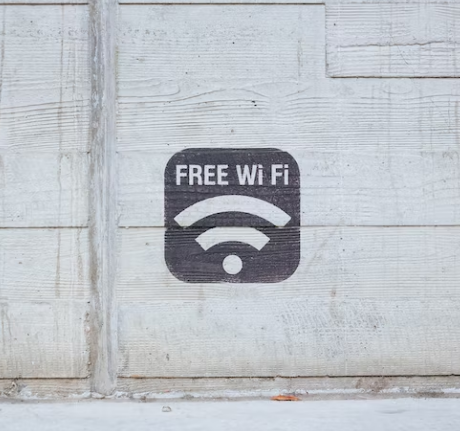
A local networking company named WiFiyNet handled all the work behind this project. In addition to that city, India also has brought some other villages and cities under citywide WiFi networks.
#16 City-wide WiFi Connection in The USA
However, the USA was a bit late in this type of project. Sunnyvale, California, and St. Cloud, Florida were the first two cities in the USA that had citywide free wifi coverage. MetroFi managed and handled all of those projects.
Another example of successful citywide wifi coverage in the USA is the city of Minneapolis. The provider US Internet has garnered a profit of about 1.2 million USD annually from the project.
On the other hand, New York City has taken a project named LinkNYC which aims to create a network of kiosks. Those kiosks will act as public WiFi hotspots and more. They want to make LinkNYC the fastest and largest public citywide wifi network in the world.
#17 City-wide WiFi Connection in the UK
The UK also has a number of cities with a citywide wifi system. Notably, boroughs like Westminster and Islington already had citywide wifi networks back in 2010. They want to bring London under a unified wifi network system in the near future.
#18 City-wide WiFi Connection in South Korea
On the other hand, Seoul (the capital city of South Korea) has taken a similar project. With this, they are aiming to provide free wifi internet access to more than 10 thousand locations in Seoul. The project has taken about 44 million USD to complete.
#19 WiFi Distance Records
So how distant you can transfer or receive data via WiFi? Interestingly, the highest distance record via WiFi is held by Ermanno Pietrosemoli and EsLaRed of Venezuela.
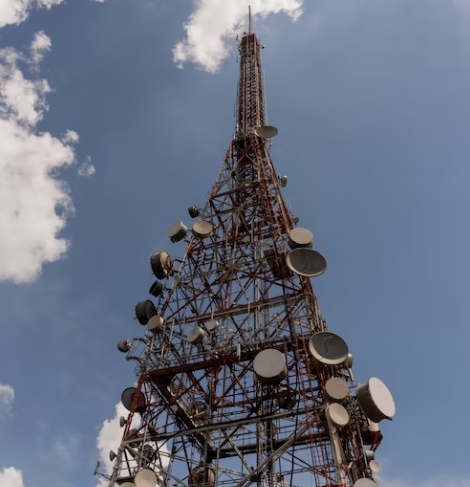
They used non-standard devices in that process. However, they transferred about 3 MB of data over a distance of about 237 miles or 382 km in 2007 to get ahold of that record.
On the other hand, The Swedish Space Agency has used 6-watt amplifiers to transfer data to an overhead high-altitude balloon over a distance of about 260 miles or 420 km.
#20 Alternative to WiFi
Wifi technology is one of the best forms of wireless communication out there. However, there are alternatives to WiFi as well. And we think you are already very familiar with some of those. For instance, Bluetooth, Bluetooth LE, LoRa, WiMAX, Zigbee, and so on.
#21 Security in WiFi Connection
Unfortunately, wifi has its own data security risks. However, the risk has decreased a lot with the development of new and secure security systems. For instance, WEP (Wired Equivalent Privacy) was the eerier version of the security measure for WiFi. However, it has been proved that anybody could hack this security system if they are a bit tech-savvy.
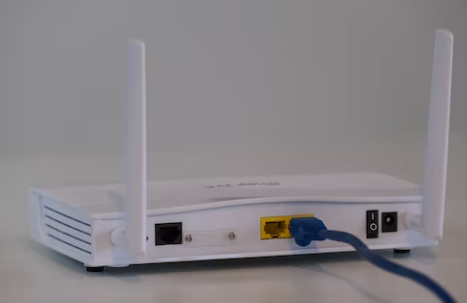
Later, they introduced WPA and WPA2 (WiFi Protected Access encryption) system in 2003. And it is a very secure system compared to the last ones. However, still, you need to use a strong password for your wifi connection to make it more secure.
Even your WPA2 encryption can be broken. After a long period, the WPA3 encryption system was rolled out on June 26, 2018. It is thought to be a more secure encryption system compared to its predecessors.
#22 World WiFi Day
Yes, there is a special day named the ‘World WiFi Day’. And every year on June 20th, this day is celebrated. The day is celebrated to let us remind about the significant role of wifi in our daily lives. Also, the Wireless Broadband Alliance aims to bridge the digital divide. Their aim is to offer internet connection to every corner of the world.
#23 WiFi Device Usage Facts
There is no doubt that the internet is an essential part of our life. And the wifi technology has made using the internet far easier. According to recent reports, about 81.9% of American households have internet access.

Among them, around 89% of these households use some form of wireless technology. It is estimated that about 72.9% of American households use WiFi.
Another estimation is that there will be about 50 billion wifi connected devices by the end of 2025.
#24 WiFi Tips
Many people have complaints about the performance of their wifi connectivity. But there are a few tips you can follow to improve the connectivity. For instance, it is always better to use a router from a top brand with a good range.
Also, you should use a router that supports at least 2.4 and 5 GHz radio frequencies. In addition, the more antenna the router has the better the connectivity should be. Along with that, you should power off microwaves, cordless phones, wireless cameras, and any other Bluetooth-enabled devices.
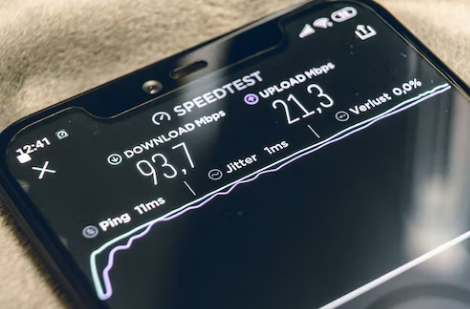
Because these tend to interfere with the radio waves used in the wifi. Also, if there is a wall or barrier of some kind, the range of the router will become poor. In addition, you can change the channels used by your router to improve performance.
#25 Number of Inter-Connected Devices in 2022
There are about 8 billion people in the world. However, the fascinating thing is that there are almost thrice the amount of inter-connected devices in the world right now.
Yes, to be more precise, the estimated number of connected devices in the world in 2022 is about 22 billion. And WiFi technology has a major role to play in this.
Final Lines
WiFi has been undoubtedly an integral part of our daily lives. If you have used this technology, you know how convenient it is. In this post, we have put together a list of the best interesting facts about WiFi technology. We hope you have learned something new from this post.
If you have liked this post, then you can share it with others. Additionally, if you want to learn more about such fascinating facts than you can read our post on 25 Facts about Intel. As always, if you have any suggestions you can drop your words in the comments below!
